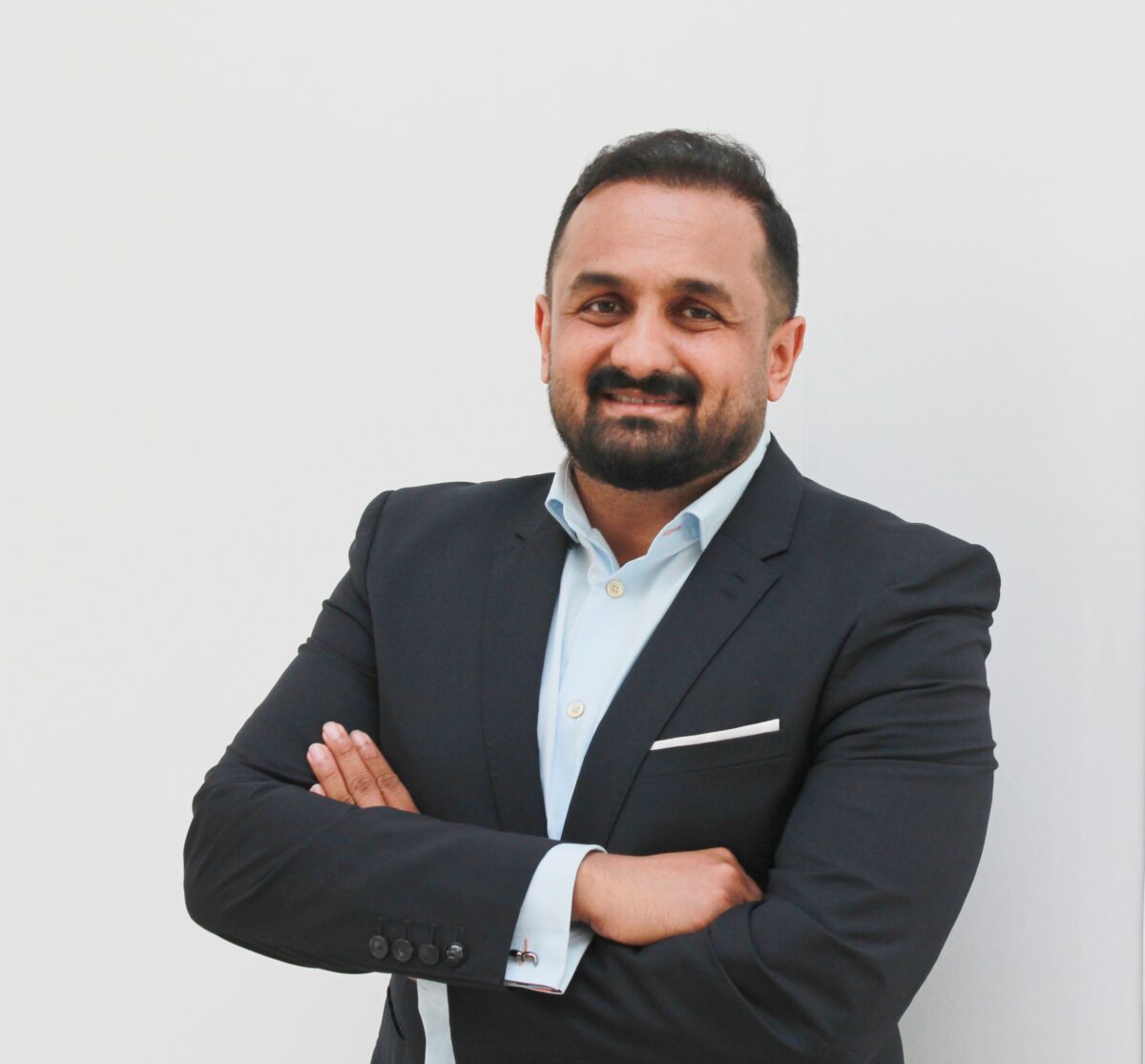Since the merger between Emirates Bank International (EBI) and the National Bank of Dubai (NBD) in 2007, Dubai-headquartered Emirates NBD has been a bank focusing heavily on innovation, fintech, online and mobile banking, being an experience-centric bank rather than a product-centric one. They are one of the largest banks in the Middle East in terms of assets. Emirates NBD’s Liv. is the first lifestyle bank in the United Arab Emirates (UAE).

Jayesh Patel is the Head of Liv. by Emirates NBD, having not only built the Middle East’s most successful digital-only lifestyle bank but revolutionised banking in multiple ways.
What has been the traditional Emirates NBD response to financial technology innovations?
While continuously keeping an eye out on what is the next big thing in the business of banking, Emirates NBD realised a few years ago the growth potential of challengers; hence the bank looked around and saw that consumers’ lifestyle were increasingly interconnected with digital, but banks weren’t responding to it. Being known as one of the better banks in the region to work with by customer satisfaction scores, Emirates NBD realised that this is exactly the position which could further enhance customer satisfaction. Today’s customer banked with them, but would tomorrows? The answer was not clear, but not doing anything about it was not an option.
How has this changed over the past few years?
It is with the consumer of the future in mind that Emirates NBD set out to build a digital brand built to meet these evolving needs. It started with an exercise to understand new banking demographics, namely the behaviour of millennials. In the UAE, this generation is responsible for 86% of smartphone penetration and they spend four to six hours a day on the mobile phone on average. These consumers also have 2x the spending power of other millennials in the Middle East and by 2030 will make up 66% of the UAE workforce with $16 billion in annual spending power.
The bank further conducted surveys and interviews to establish the daily patterns of millennials and how they bank. The most resounding takeaway was that these consumers wanted more lifestyle and less banking in their financial life. Millennials also tended to have a “buddy” for things they need in life. They had a buddy to go out with, a buddy to shop, a buddy to go to the movies, and so on. Emirates NBD asked themselves: how can the bank be a buddy to the consumer? The answer to that question was to create a new digital-only lifestyle bank, Liv.
After seeing the resounding success of Liv. in the past few years, Emirates NBD has recently launched a second digital-only bank, E20, which is focused more towards SMEs.
Is there anything that has created a culture of change inside the company?
Liv. was built from the ground up by a team of millennials, consisting of young strategists and developers. Being a digital-only brand within Emirates NBD and not a separate subsidiary organisation, this allowed the team to get it up and running quickly, negating much of the resource investment needed to stand up new technology or apply for a banking licence.
Also, the main idea behind Liv. was to bring something new to banking and not just replicate what had been done in the past. It is a view to the future of financial services, where ecosystems drive value creation and consumer demand is generated through digitally-driven trusted advisory. The digital-only bank was built on the principles of simplicity, intuitiveness, smart analytics, API-connected ecosystems, and digital-native.
What fintech ideas have been implemented?
There has been a few fintech ideas implemented, and more to come in the future for sure. Our digital account opening is instant and 100% paperless, using enhanced KYC with biometrics. We are working to further enhance the account opening process by exploring AI-based identity verification, making it more innovative and robust.
What benefits have these brought?
Overall, when building Liv. we wanted to have a system which is flexible enough for customers when it comes to various aspects of the app, including selecting co-branded cards (without investing in physical cards), a gamified rewards-earning structure, partnerships with merchants, etc. For this, we partner with the payment startup, Verrency, which has helped us in rolling out various co-branded programs while adding more value in terms of offers to the customers in a shorter period of time.
We also worked closely with Verrency on the rewards program for our recently launched credit card. Allowing customers to customise the card the way they want it, choosing between various programs and benefits, and changing them as their lifestyle changes.
Earlier last year, we partnered with US-based Kasisto, the creators of the KAI Banking AI platform to introduce Olivia, Liv.’s conversational AI-based chatbot. Olivia is available to support with customer inquiries through digital channels and helps with many different customer requests, such as making money transfers, paying a friend, or analysing spending. Since the launch of Olivia, we have seen a drop of 60% in chats and messages to human customer service agents, helping them respond to customers 3 times faster.
Do you see any other industry challenges on the horizon?
The only real challenge that could occur is if companies do not keep up with the rapidly changing technologies to drive value to customers. Our expectations are changing a lot faster than before, and hence companies need to be more focused on making sure to keep up with the change on an ongoing basis.
The world is in a continuous competition with itself to evolve and change faster, and so are customers. Their needs and preferences are evolving day by day, they are learning more about what they like and dislike, what works for them and what does not. Today’s customer is very much aware of what makes their life easier. Hence, companies need to be focused on making sure to keep up with their needs and jump on the boat accordingly.
Another important factor to note is the rise of super apps. We see that traditional boundaries are fading in various industries and platforms are offering more than just their core services. A super app is a one-stop portal where users can access an extensive number of third-party services like hailing a cab, buying a movie ticket, ordering food online, paying utility bills, or sending money to friends. Going beyond just banking, Liv. has recently transformed into a super app, allowing customers to book their next restaurant visit, plan their upcoming vacation, sign up for online courses, and stay up to date with all the events and happenings around them.
Can these challenges be aided by Fintech?
Fintech is changing the way the world works, and this includes the financial sector. It has changed the way people and businesses manage money and has also played an important role in terms of enhancing the industry. By partnering up with banks and bringing the expertise of traditional versus modern together, challenges can be aided through Fintech partnerships. However, traditional players will need to look at Fintechs as partners rather than competitors for this to work. The future does not belong to either or of these players, but rather belongs to those who keep a careful ear out for the voice of the customer and focus on constantly evolving their imperatives.
Final thoughts?
There has been a culture of change both when it comes to the team as well as the products.



